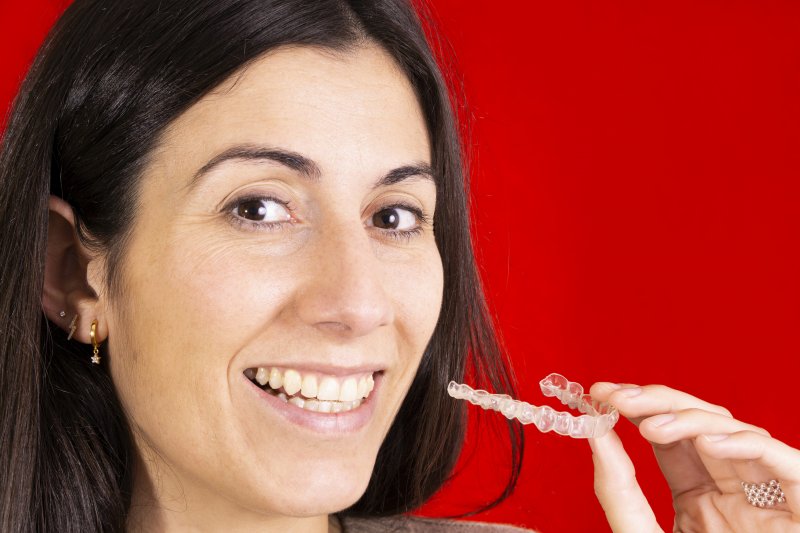
As you get older, you may find that you have more restorations in your mouth to maintain excellent oral health. Some common ones include dental crowns, veneers, and bridges. These all serve a purpose when it comes to maintaining the wellbeing of your smile, but do they prevent your ability to get Invisalign in Fresno to straighten your smile? Continue reading to learn how each restoration will play a role.
Invisalign with Dental Crowns
Getting traditional metal braces when you have dental crowns can be a challenge. This is because you would potentially need a different type of adhesive and teeth that are strong enough to endure the pressure of orthodontic treatment. Because of this, Invisalign can be a great option for those who have crowns. This method doesn’t use any adhesives and it will not interfere with the types of foods and drinks that you can enjoy because your aligners are removable. Invisalign isn’t an option for everyone, but it can be a great solution for misalignment is your dentist deems you a good candidate. You will find this out at your initial consultation.
Invisalign with Dental Bridges
Bridges are fixed into place and often times cover some of your natural teeth, so you may not be able to undergo orthodontic treatment. If too much force is applied to your bridge, it can become damaged. However, if your misalignment issues aren’t severe and don’t require the supportive teeth to be moved, Invisalign may be an option. If not, you might need to have a new bridge placed after orthodontic treatment.
Invisalign and Veneers
Invisalign is generally a better option than traditional braces when it comes to moving teeth with veneers. This is because it is very difficult to attach metal brackets to veneers, and there is a risk that the bracket could damage the smoothness. With Invisalign, the presence of the veneers doesn’t affect the tooth movement and there is little risk for damaging the restoration because there is no need for adhesive. However, most of the time, veneers are placed after Invisalign treatment because they are used to make your smile appear in a certain way, so moving your teeth afterwards can change this.
Having a previous restoration doesn’t mean that you are unable to receive Invisalign treatment. By seeing your dentist, you can discuss your options and develop a plan that is right for your unique smile!
About the Author
Dr. Gerald T. Shinkawa is an experienced dentist who has been working in the field for more than 40 years. He earned his Doctor of Dental Surgery degree from the University of the Pacific, Arthur A. Dugoni School of Dentistry and has pursued a great deal of continuing education in a variety of topics, including orthodontics, endodontics, periodontics, periodontal surgery, and dental implants. For more information on Invisalign or to schedule an appointment at his office in Fresno, visit his website or call (559) 226-5656.
